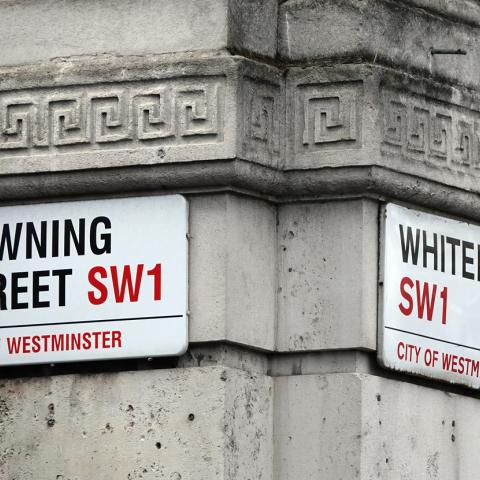UK growth beats forecasts but Reeves faces a tough road ahead

The UK economy grew by 0.3% in the second quarter of 2025, beating expectations of just 0.1%. While this marks a slowdown from the 0.7% growth seen in Q1, the figure is better than expected, offering some hope in a challenging economic landscape.
The first quarter’s stronger performance was driven by a surge in exports and house sales ahead of US tariffs and a domestic stamp duty hike. These temporary boosts faded in Q2, yet the economy continued to grow, albeit by less than in Q1. This was largely thanks to big contributions by the services and construction sectors.
Chancellor Rachel Reeves welcomed the figures, calling them “positive” and evidence of “continued growth.” But she also acknowledged that “there is more to do to deliver an economy that works for working people.” Her optimism is rightly tempered by the scale of the challenge ahead, as the government prepares for its autumn budget.
Critics were quick to respond to the slow in economic growth, with Shadow Chancellor Mel Stride accusing Reeves of “economic vandalism”, while Liberal Democrat Treasury spokesperson Daisy Cooper said that “snails would scoff at the pace that our economy is growing”. Cooper also called for the reversal of the rise in employer national insurance contributions (NICs), describing it as a “damaging jobs tax”.
The NIC increase has been cited by economists as a key factor behind the UK’s high unemployment rate, which remains at 4.7%, the highest since 2021 and above the 4.2% level Reeves inherited a year ago. While the worst of the pain may have passed, the fallout is still being felt, and business investment remains cautious.
Adding to the uncertainty are fears of further tax rises. Reports suggest the Treasury is considering tightening rules around inheritance tax and tax-free gifting, prompting warnings from experts that such moves could make the UK less attractive for wealth retention. Dan Neidle, the founder of Tax Policy Associates, said “the changes to inheritance tax rules and non-dom status at the last budget have already sent quite a damaging message to wealthy people”.
Despite the tricky decisions that are lying in the near future, there are some positives to be seen in the growth announcements. Ruth Gregory, Deputy Chief UK Economist at Capital Economics, described the 0.3% growth as a “welcome surprise” given the drag from global conditions and domestic policy changes. At the same time, the Bank of England’s recent interest rate cut from 4.25% to 4% also helps to slightly ease the burden for homeowners and businesses. As the cost-of-living crisis continues, with rising food prices and high unemployment levels, this interest rate cut offers a small relief.
Reeves has pledged to invest in infrastructure, cut red tape, and raise the national minimum wage, which she says are measures aimed at stimulating growth and supporting working families. But with inflation still a concern and uncertainty around the autumn budget, the Chancellor faces a delicate balancing act.
While the UK economy technically grew in the second quarter, the slowdown from 0.7% to 0.3% suggests a loss of momentum. Yet the fact that growth exceeded expectations offers a measure of reassurance during the uncertainty. For Reeves, the challenge continues. With tax pressures mounting and unemployment stubbornly high, the autumn budget will be another key test for the government.









